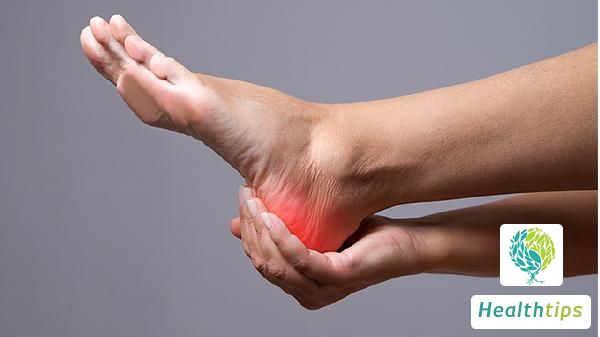"Can leg pain be a sign of gout?"
Leg Pain and the Possibility of Gout
Whether leg pain indicates gout depends on specific circumstances. If the pain is caused by non-pathological factors such as excessive exercise or trauma, it generally does not lead to gout. However, if the pain is due to a gout-induced arthritis attack, gout symptoms may manifest. Below are the factors to consider:

Physiological Factors
Excessive Exercise: If a patient fails to rest promptly after intense exercise or if leg muscles remain tense for extended periods, lactic acid can accumulate locally, causing the aforementioned phenomenon. Typically, this can be relieved after adequate rest and does not require specific treatment.
Trauma: Recent impacts or knocks can damage local soft tissues, leading to swelling, pain, and other symptoms. Applying ice can promote vasoconstriction and alleviate discomfort. Additionally, pain relief medications such as Ibuprofen Capsules and Celecoxib Capsules can be prescribed.
Pathological Factors
Gout is a group of heterogeneous diseases caused by excessively high blood uric acid levels. Its clinical features include recurrent acute arthritis, tophus formation, chronic synovial damage, and joint deformities. When purine metabolism is disrupted, uric acid production increases, or excretion decreases, gout can be triggered. Typical symptoms include redness, swelling, heat, pain, and functional limitation in the first metatarsophalangeal joint, which may extend to other joints in severe cases. Mild cases can be managed with drugs like Allopurinol Tablets and Febuxostat Tablets to inhibit uric acid synthesis and control disease progression. For large tophi that cannot be resolved, surgical removal may be necessary. It is recommended to avoid high-purine foods like seafood and animal organs to prevent aggravation. Regular routines and sufficient sleep are also crucial for recovery.



















